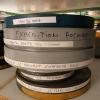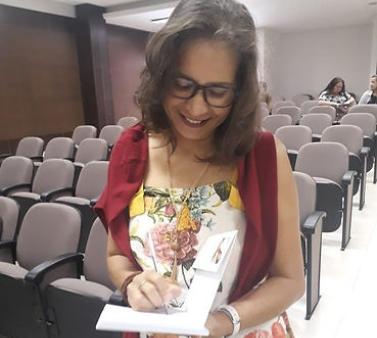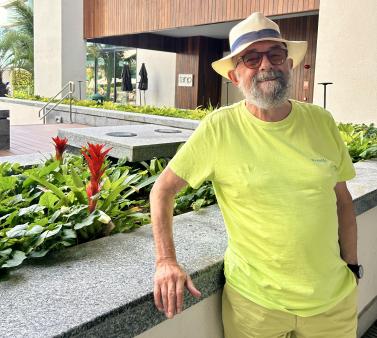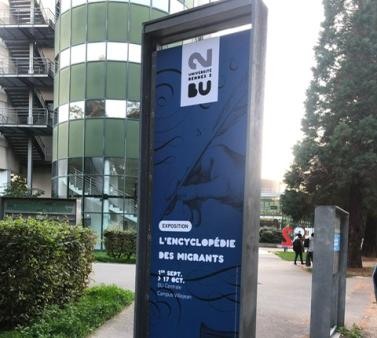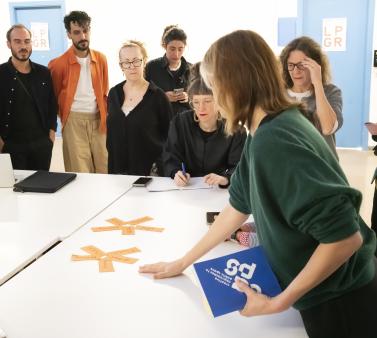ABOUT RESOUND
ReSound is a two-year Bienvenüe post-doctoral fellowship (2023-2025) led by Jean-Baptiste Masson, which aims to design, write and distribute a manual dedicated to the restoration of the sound of analog amateur film.
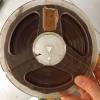
Context
Amateur filmmakers didn't wait for the commercialization of sound cameras to create soundtracks for their films. Active from the very beginnings of sound recording technologies, amateurs have a long history of sound practice that remains little-known. Jean-Baptiste Masson dedicated his PhD to these "sound hunters". One of the aims of this practice was to provide soundtracks - music, commentary, sound effects, dialogue - for their films. Thus, for many decades, sound and image were recorded on two different media. Cameras enabling sound to be recorded in parallel with the image were often financially out of reach for amateurs. This practice of sound recording by amateur filmmakers is known, as most film libraries preserve sound collections, with a volume that can exceed thousands of items. Yet, until now, these items have hardly ever been studied. There are a number of reasons for this: a focus on image to the detriment of sound, the lack of equipment to read these sound carriers, and the absence of qualified personnel to enhance and digitize these sound recordings. The diversity of sound media - instantaneous discs, magnetic tapes, cassettes, mini-discs or DAT cassettes, even wax cylinders - also explains why they have been left aside. A number of films that appear to be silent actually have a soundtrack. It's just that it's on a different medium.
Cinematheques' sound collections are often very rich: rushes and soundtracks corresponding to films, but also field recordings and sound recordings independent of any image. They represent and inform on a wide range of subjects: from folk music to acoustic ecology, from the collecting of memories by sound hunters as early as the 1940s to sound experiments carried out when musique concrète and electronic music were still in their infancy. The link with technology is often important, with amateurs not hesitating to modify or even build their own equipment to suit their needs.
Project Functioning
The manual will consist of two parts: a historical study documenting and contextualizing the use of sound by amateur filmmakers; and a guide to best practices for approaching and restoring the sound of amateur films recorded on direct-engraving disc, magnetic tape or cassette.
One constant will be to get in touch with former amateur filmmakers in order to collect their memories, their ways of working with sound, of synchronizing sound and image, and the gestures and non-verbal knowledge associated with their practice.
The work is being carried out in partnership with the Arts: Pratiques et Poétiques laboratory at Rennes-2 and the Cinémathèque de Bretagne. The manual will be distributed directly within the Diazinteregio (18 cinematheques in France and Belgium) and Inédits (50 cinematheques and individual members across Europe) networks, and beyond.
Project Details
Cooperation type: Partner in project
List of partners: Institut Agro Rennes Angers, IMT Atlantique, INRIA, UBO, UBS, Université de Rennes, UR2, Station Biologique de Roscoff
Project funding: MSCA-COFUND
Name of Lead: Jean-Baptiste Masson
Contact Person: Roxane Hamery
Laboratory: Arts: Pratiques et Poétiques laboratory of Rennes 2 (APP)
Project websites: https://www.univ-rennes2.fr/recherche/projets-recherche/projet-bienvenue; https://msca-bienvenue.bretagne.bzh/fr/
Total amount dedicated to Rennes 2 University: 97 400€
Duration: 24 months
